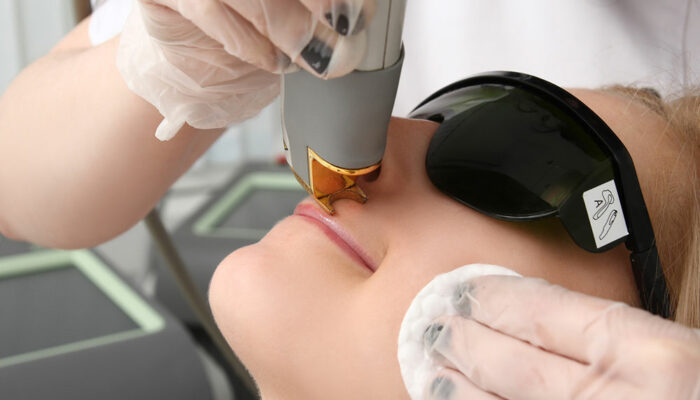
Treatment Methods for Ovarian Cancer Patients
Ovarian cancer is a common type of cancer that has affected a number of women. It is important to be aware of the possible causes of this disease so that people can keep them in mind to reduce the chances of getting affected. In this article, an overview of ovarian cancer is given, wherein the common medical tests that doctors perform to diagnose this disease, and its various treatment methods, are discussed.
One cannot truly rely on symptoms for detecting ovarian cancer as in most of the cases these symptoms get prominent only with the advancement of the disease. Besides, depending on the stage, types, and severity of the disease along with the health and personal preference of the patients, doctors suggest various types of treatment methods:
1. Diagnosis of ovarian cancer
- Biopsy: The most common way of diagnosing ovarian cancer is to remove a tumour or a part of a tumour for testing in a laboratory. The results obtained from this test will help in determining whether cancerous cells are present in the tumor or not.
- Blood Tests: Doctors conduct these tests to check whether there is an increased level of a marker known as CA-125.
- Laparoscopy : In this method, doctors insert a thin tube with a camera, through a small opening in the lower abdomen, to view the condition of the ovaries. If required, this device can also be used for collecting samples of tissue.
- Imaging tests: Imaging tests such as transvaginal ultrasound, CT scan, or MRI are done to get an image of the ovaries from inside.
2. Surgery for ovarian cancer
Surgeries are mainly carried out with the sole purpose of removing the cancer from the body. The various types of surgeries for treating ovarian cancer are:
- Salpingo-oophorectomy : In this method, the fallopian tubes and ovaries are removed.
- Lymph Node dissection: Lymph nodes situated in the pelvic region and near the aorta are removed.
- Hysterectomy: The uterus and the surrounding affected tissues are removed in this surgery. In premenopausal patients, menopause starts after this surgery.
- Cytoreductive: If the cancer spreads beyond the pelvic area, doctors will be required to remove the surrounding tissues from other organs. This method further helps in relieving the symptoms and causes chemotherapy to provide effective results.
3. Chemotherapy
In this method, drugs are used to destroy cancer cells. This form of treatment can further cause symptoms such as nausea, vomiting, etc. Sometimes, follow-up tests are also conducted to ensure that this disease does not recur.
4. Hormone therapy
This therapy is applied to prevent the supply of estrogen to cancer cells for slowing down the progress of cancer.
5. Radiation
It is mainly administered to treat the symptoms related to an advanced form of this type of cancer.



